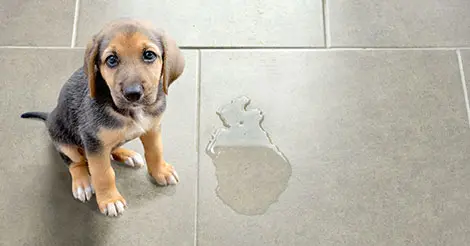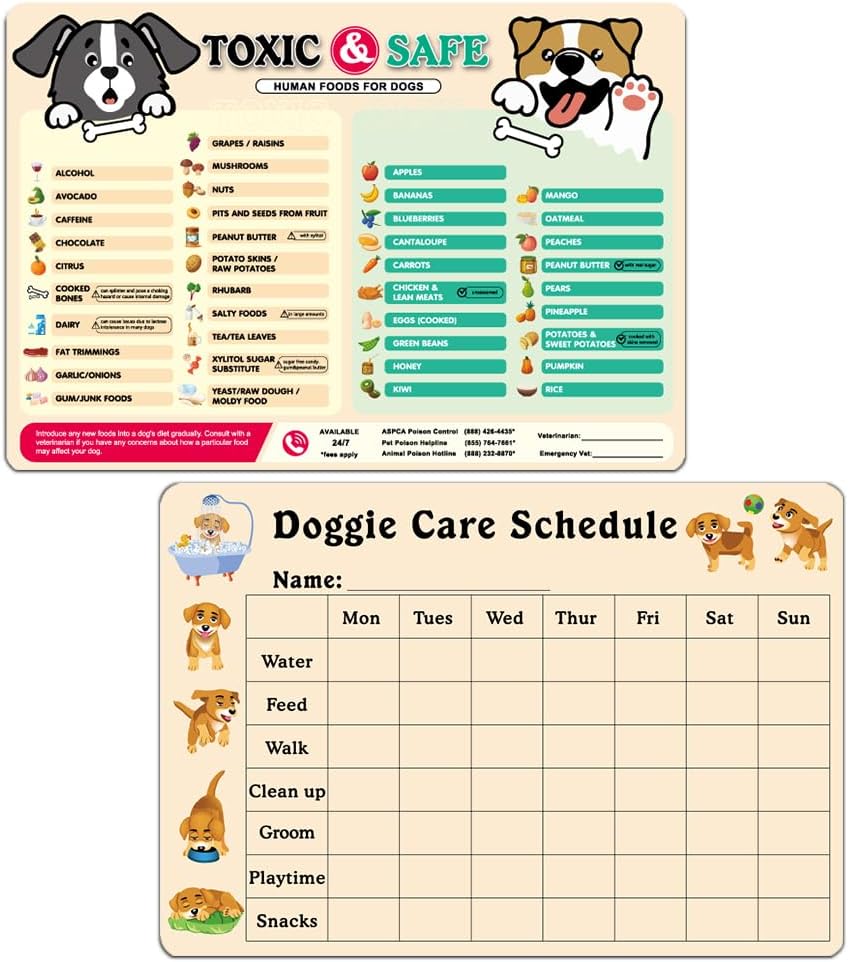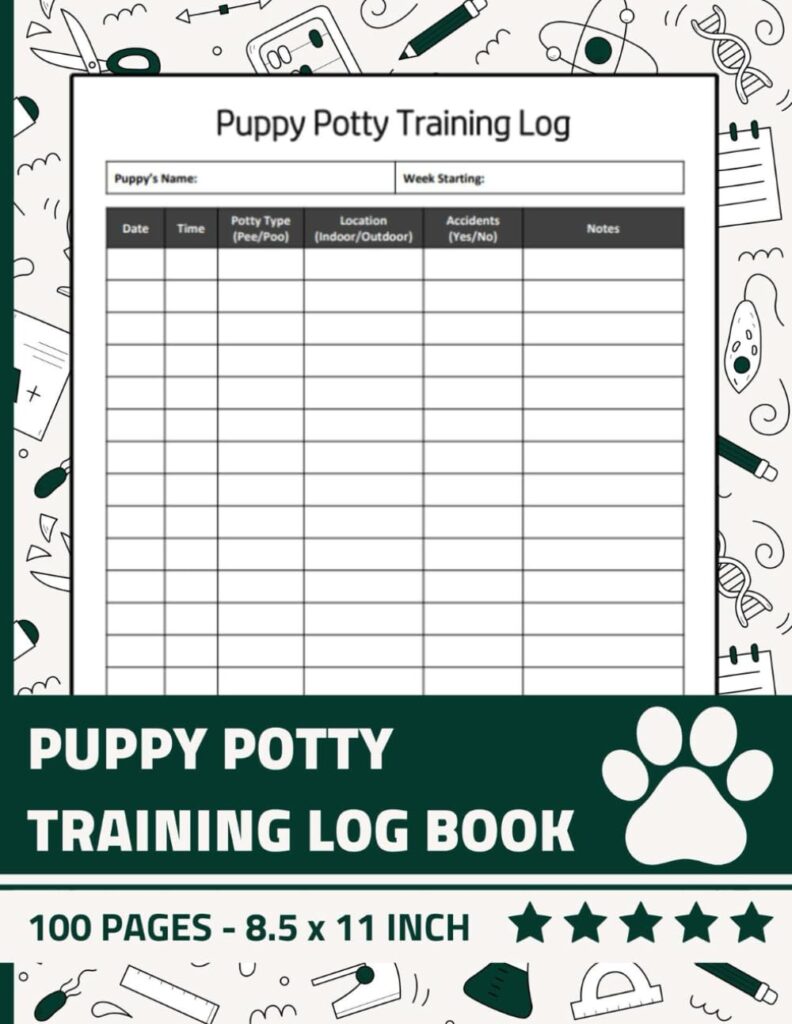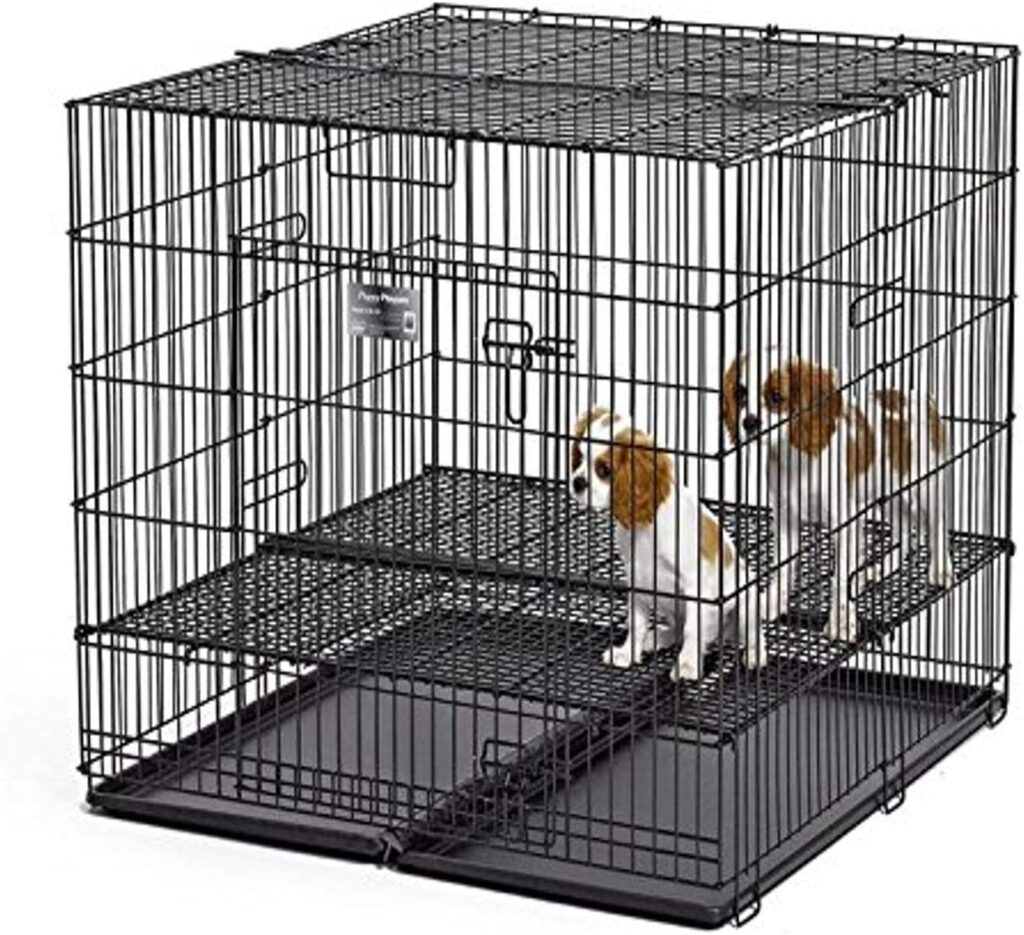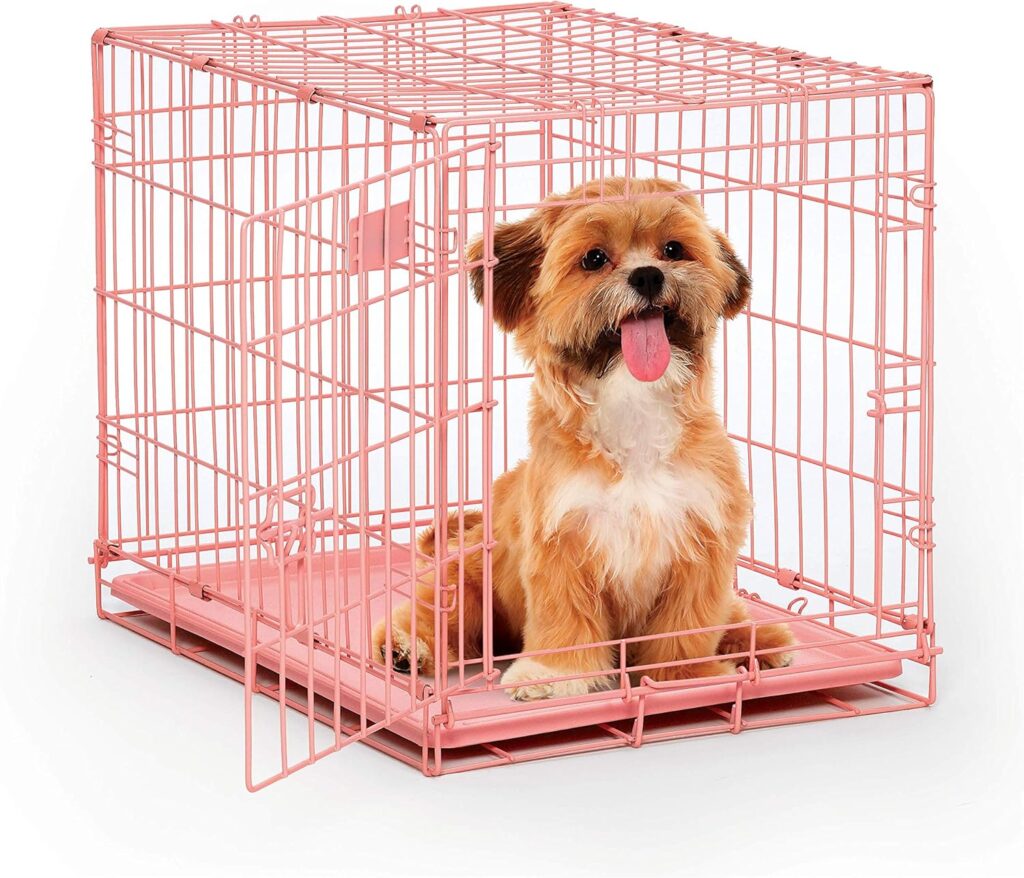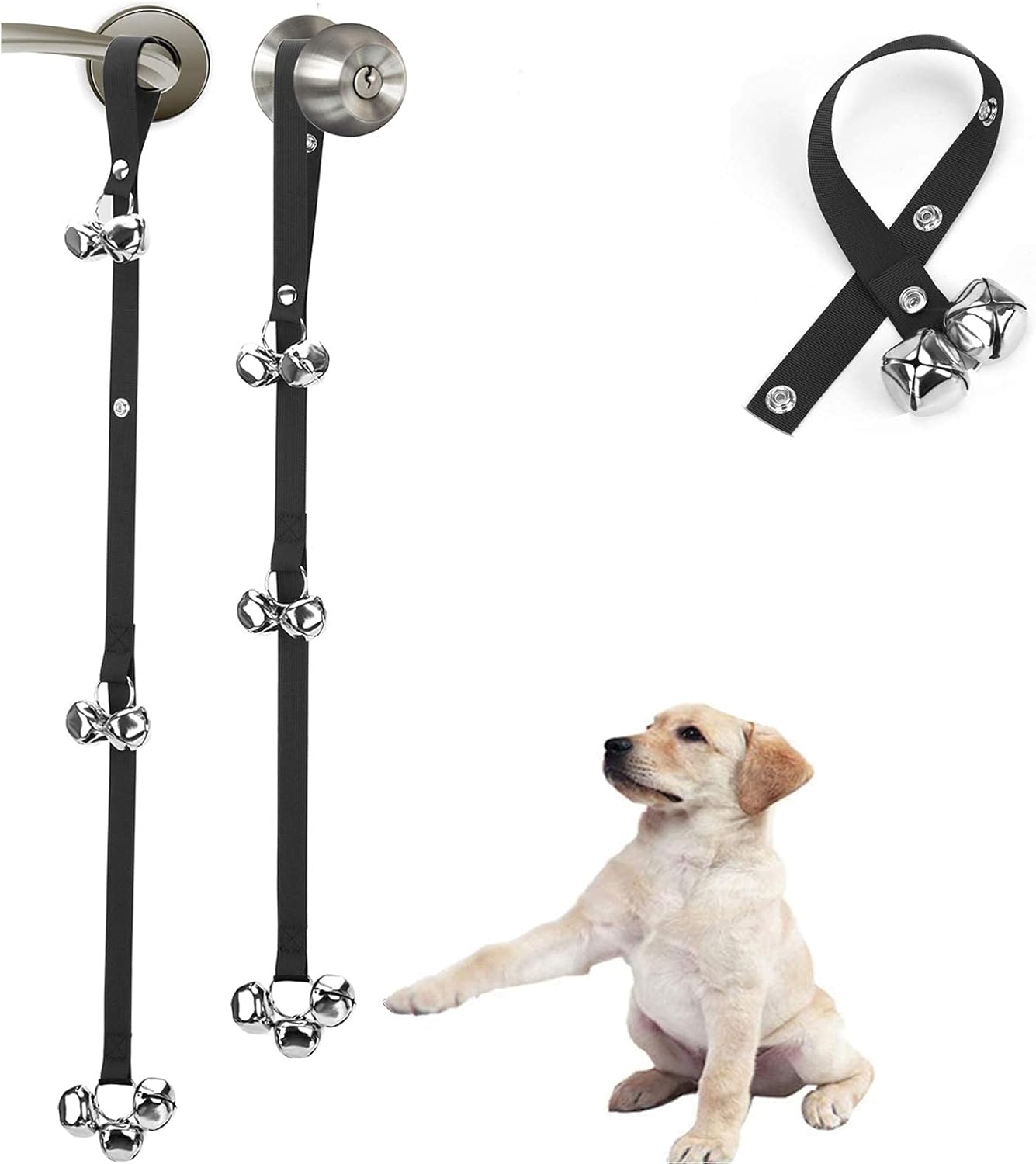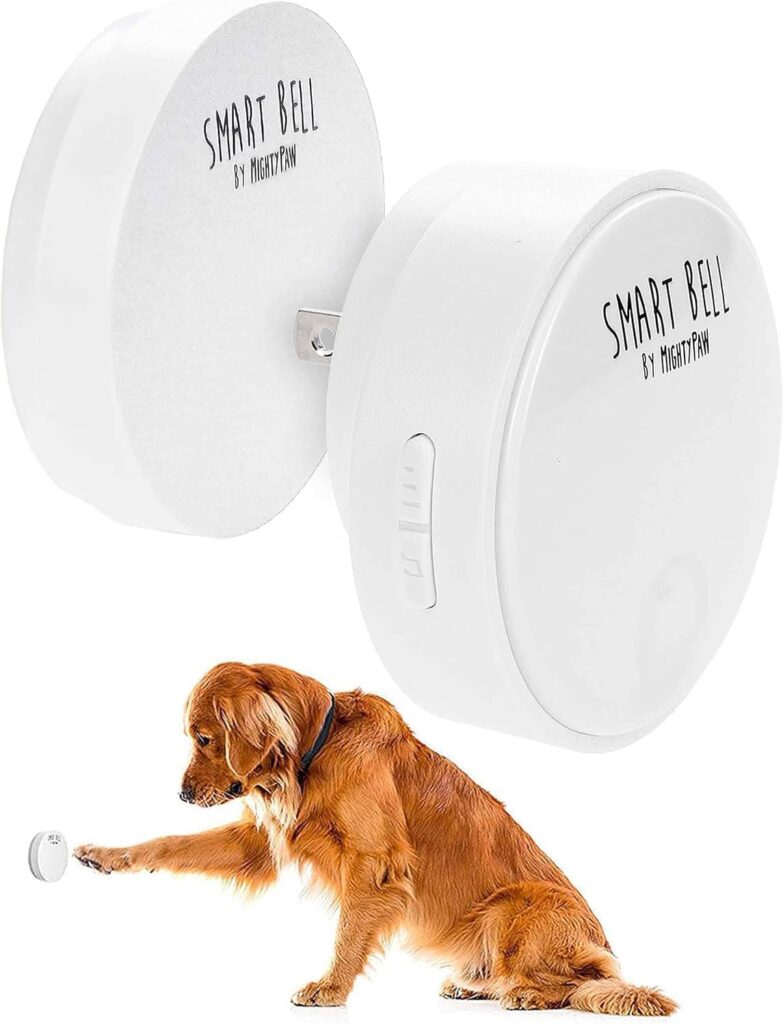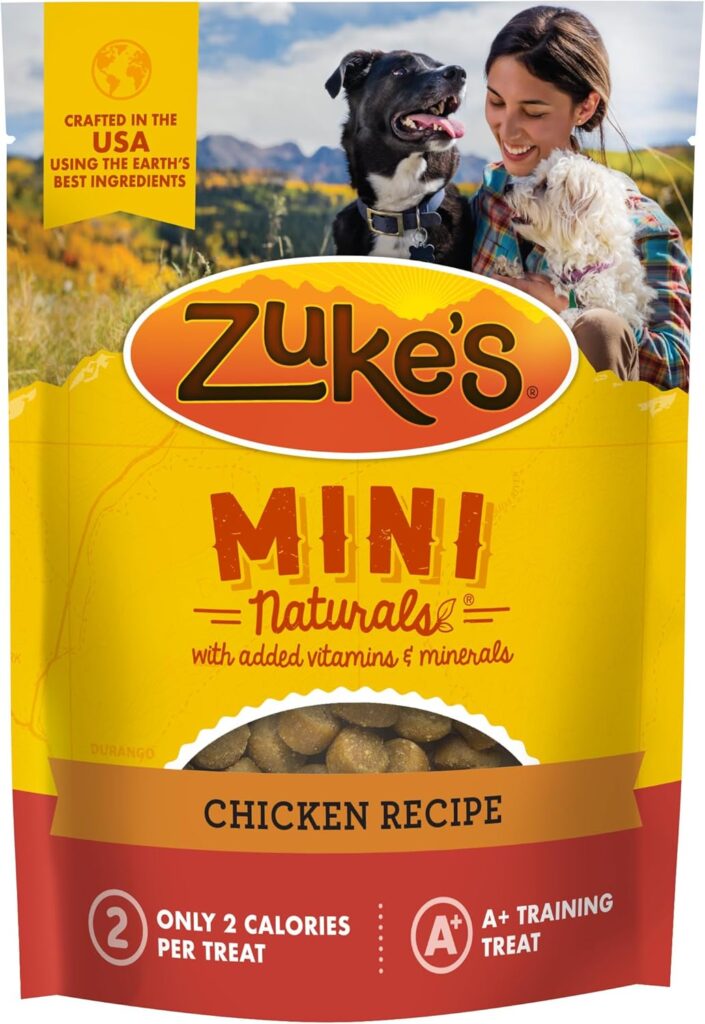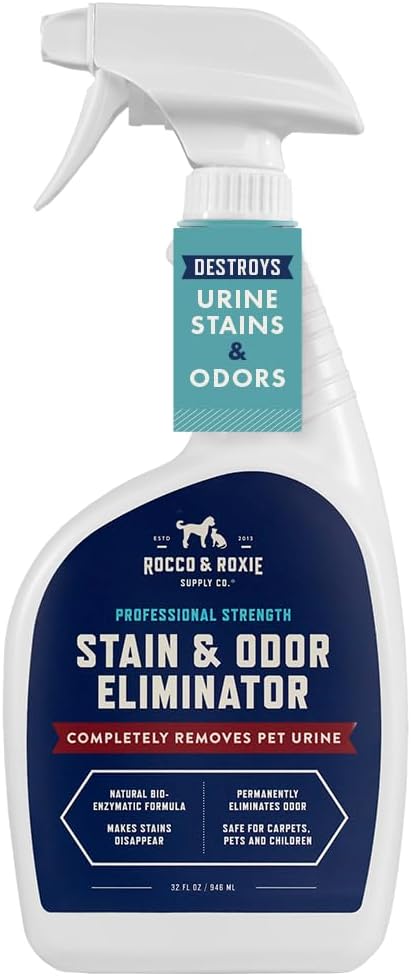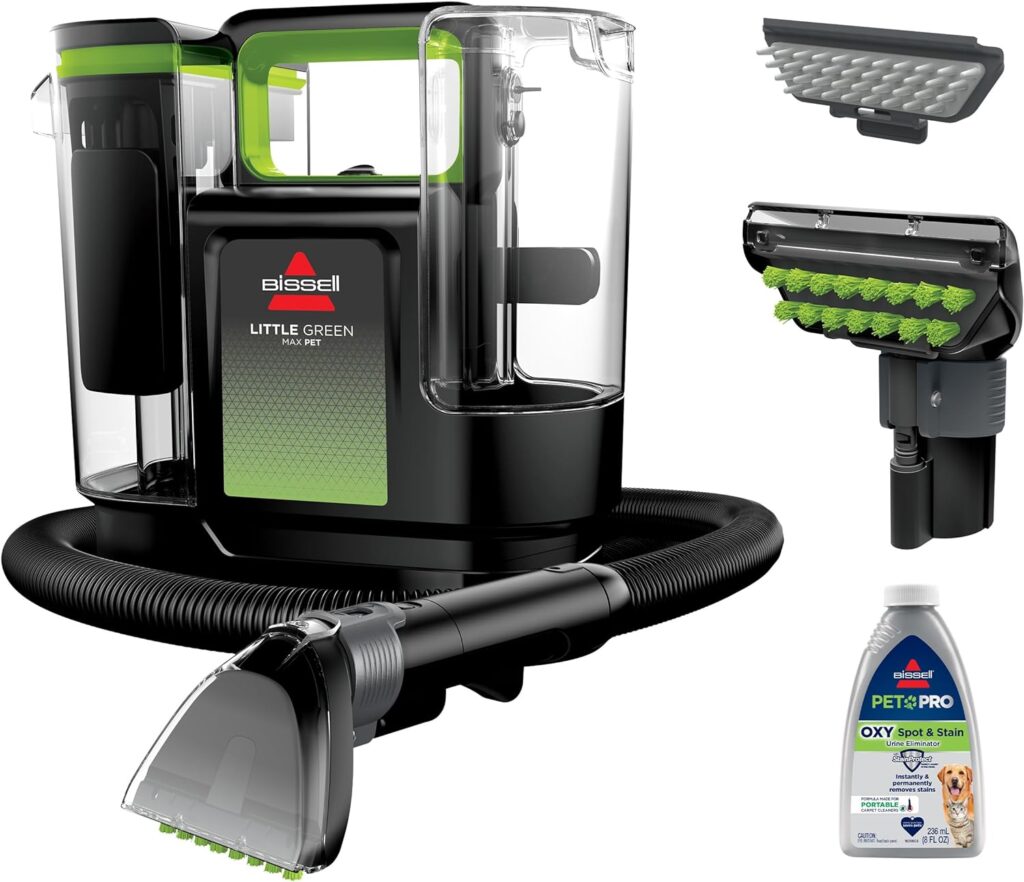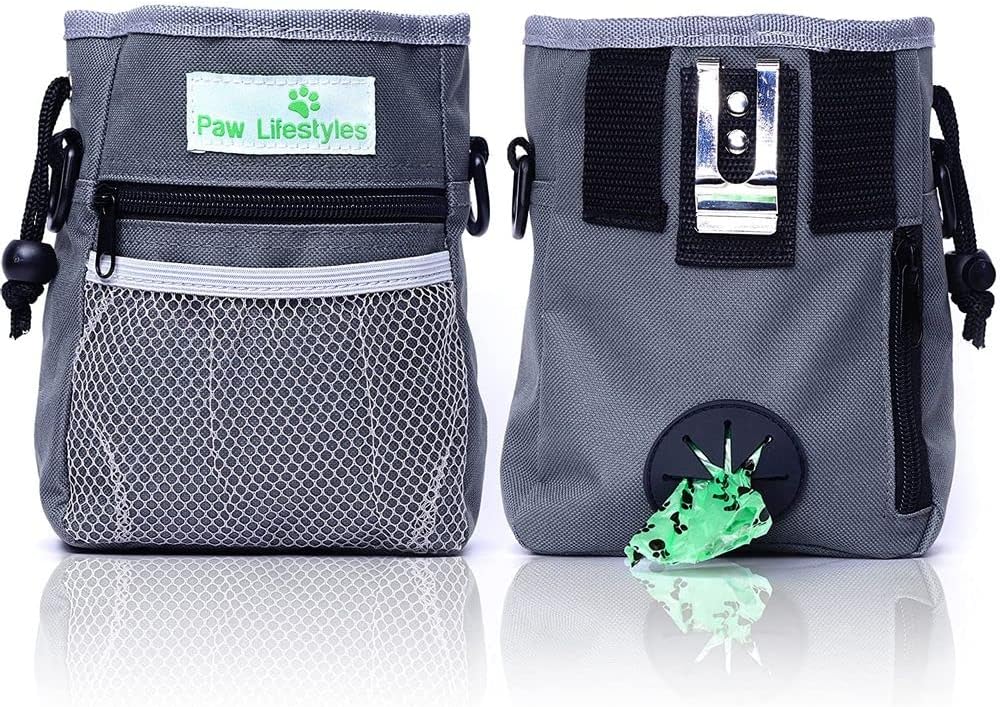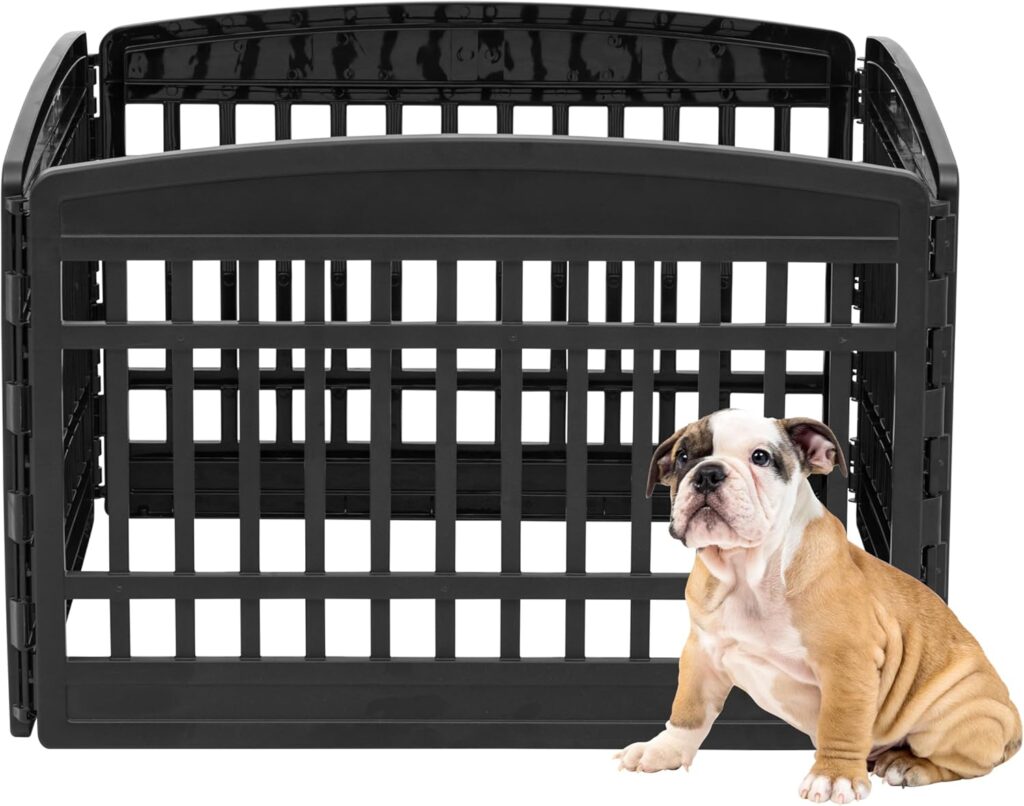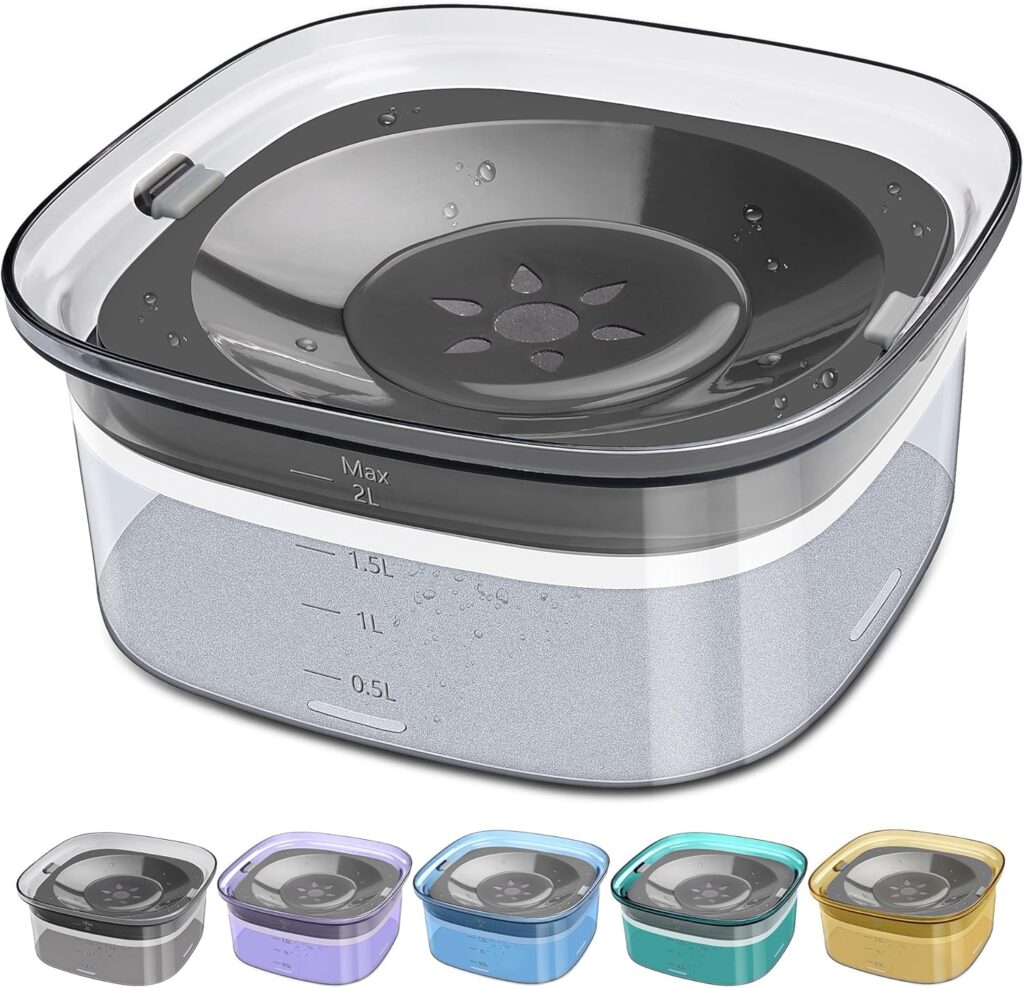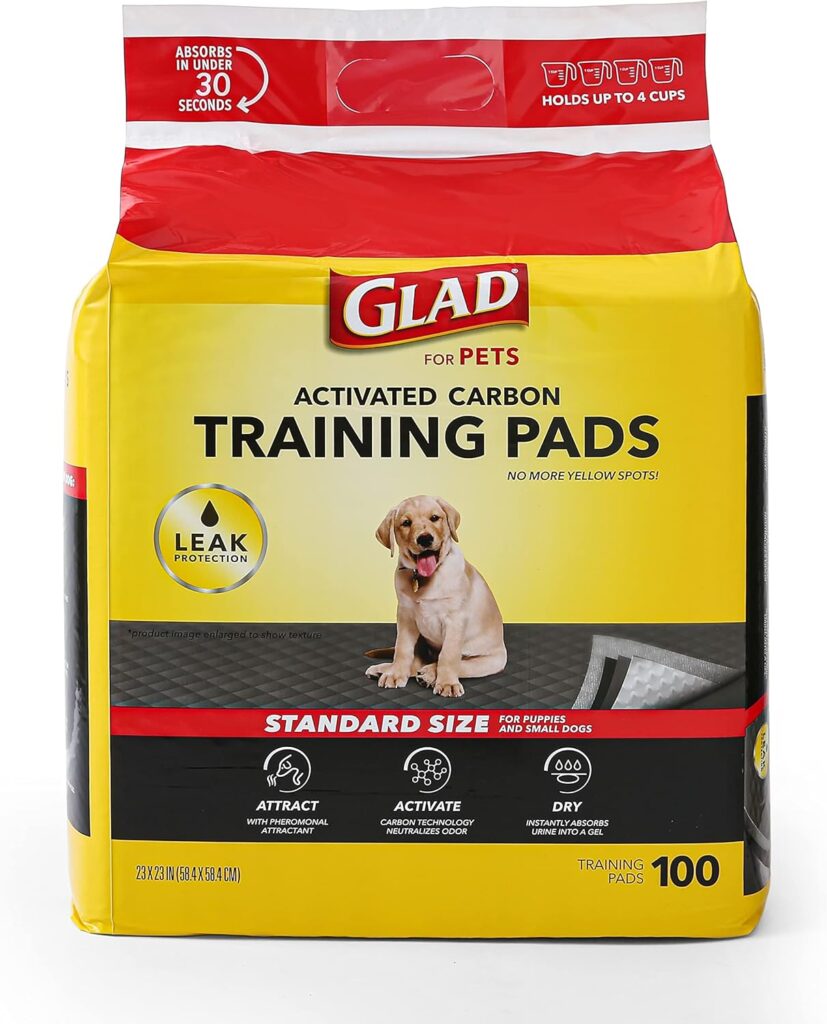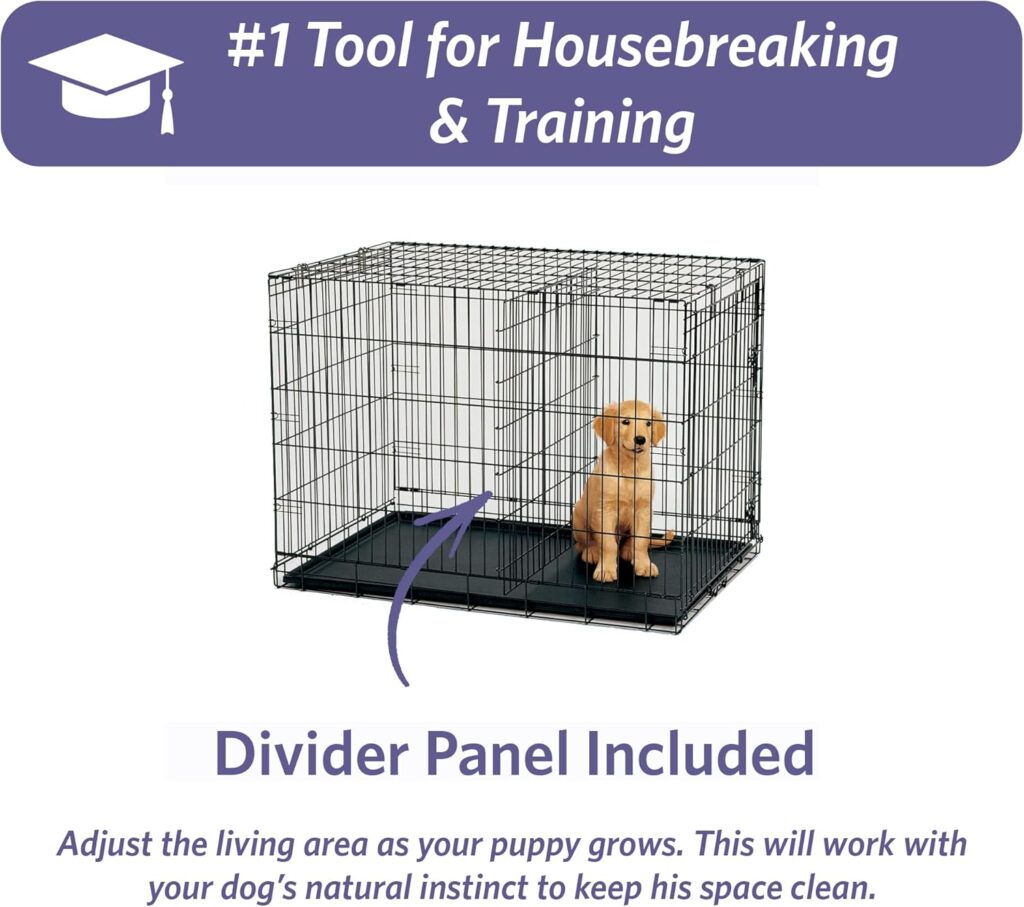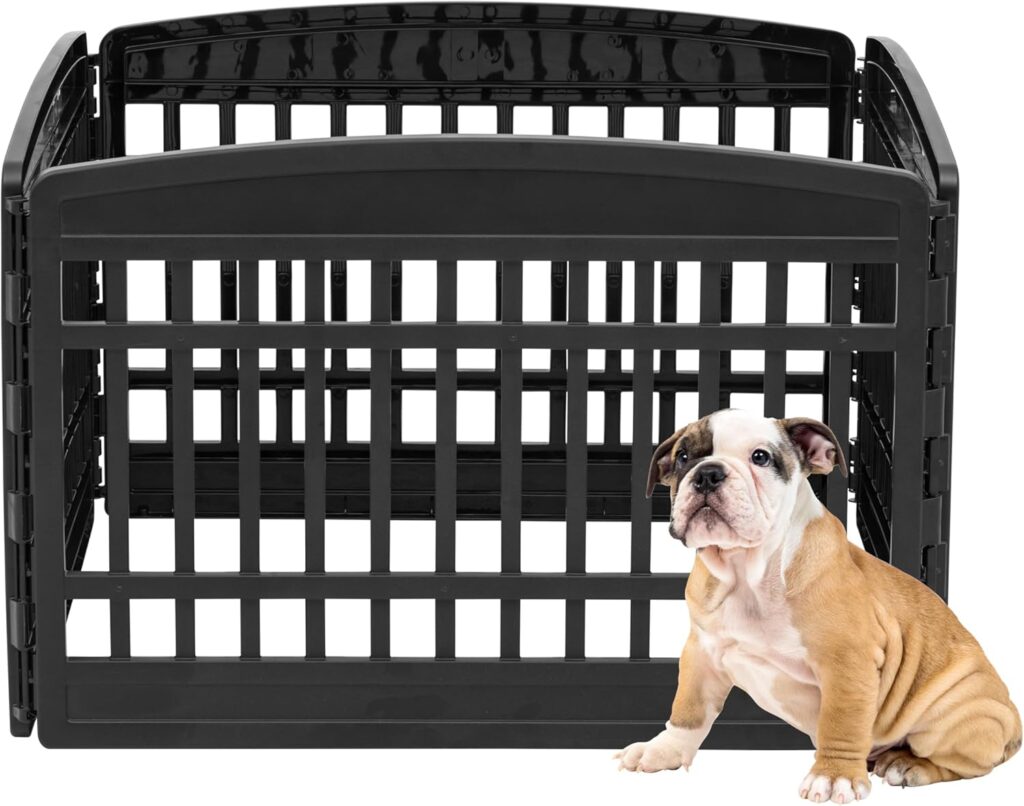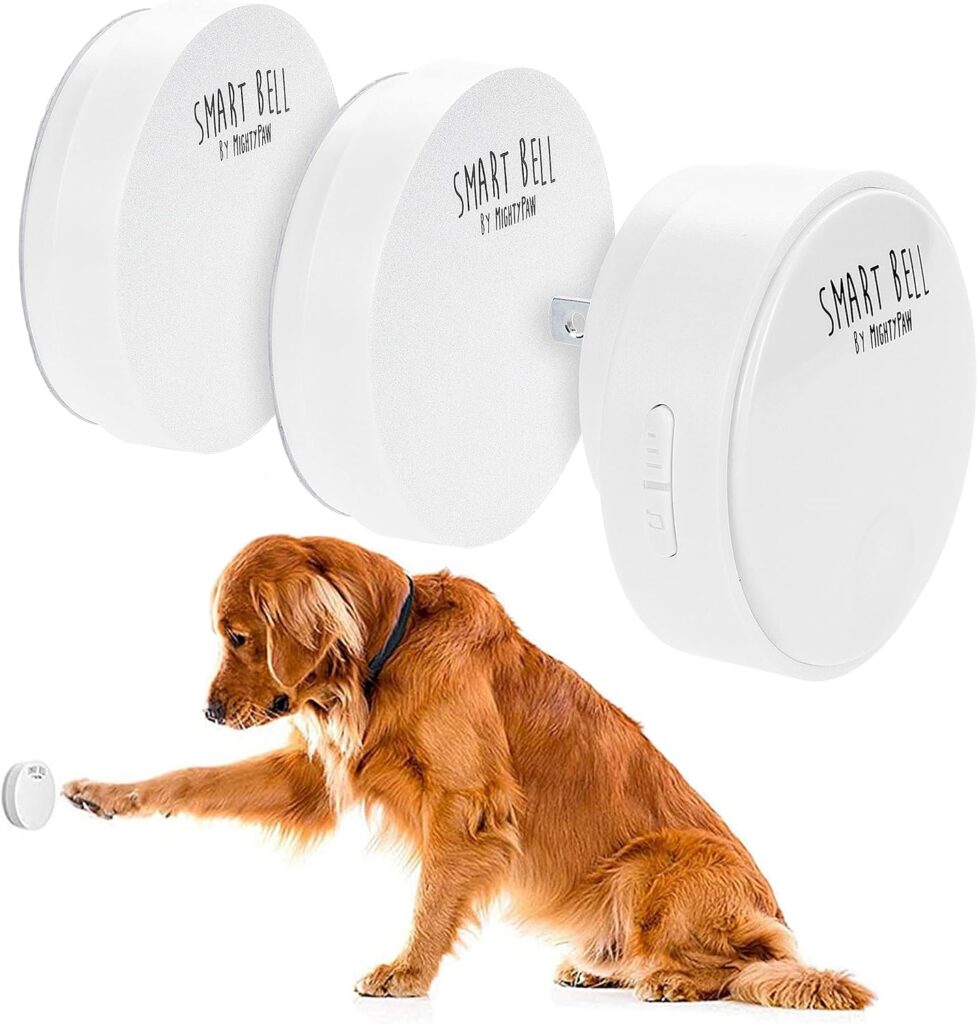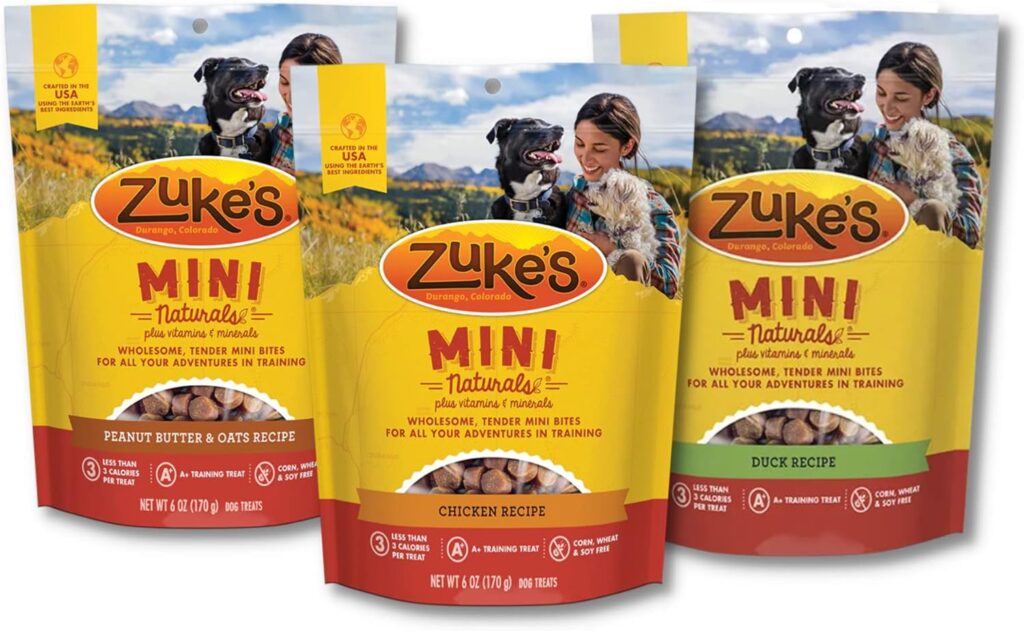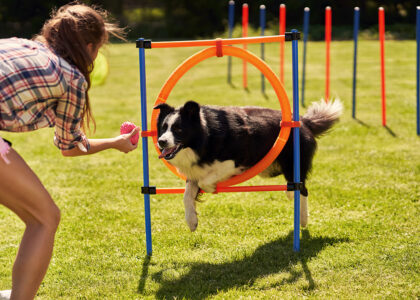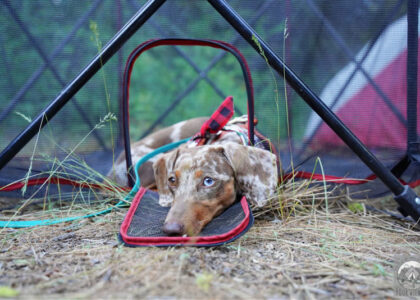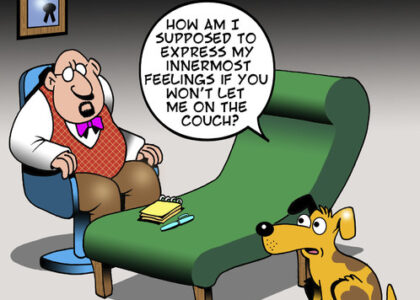Welcoming a new puppy into your home is an incredibly exciting experience. But it also brings some significant responsibilities—one of the biggest challenges you’ll face early on is house training. Don’t worry, though! This comprehensive guide will walk you through the essentials, tips, and even the bumps in the road, ensuring that you and your puppy succeed together. Let’s get started!
1. Establish a Routine
The secret to successful house training lies in establishing a consistent routine. Puppies thrive on predictability, and setting a schedule will not only help them learn faster but also make the process less stressful for both of you.
- Feeding Schedule: Start by creating a consistent feeding schedule. Puppies usually need to eat three to four times a day. Feed your puppy at the same times every day, and take them out to relieve themselves 10 to 15 minutes after eating. This predictable feeding and bathroom routine will help your puppy understand when and where to eliminate.
- Bathroom Breaks: You’ll also need to schedule bathroom breaks frequently throughout the day. A good rule of thumb is to take your puppy outside every two hours, after every meal, after naps, and after playtime. You’ll also want to take them out first thing in the morning and just before bedtime.
- Recommended Product: A puppy training magnetic schedule chart or planner can help you keep track of bathroom breaks and feeding times. You can find a variety of training planners on Amazon, such as the puppy potty training logbook that many pet parents love.
2. Use a Crate for House Training
Crate training is an invaluable tool for house training a puppy. When used correctly, a crate gives your puppy a safe, cozy place to rest and helps minimize the chances of accidents inside your house.
- Choosing the Right Crate: When selecting a crate, make sure it is large enough for your puppy to stand up, turn around, and lie down comfortably. However, it shouldn’t be too big—puppies like to keep their living space clean, and if the crate is too spacious, they may use one corner as a bathroom. The MidWest iCrate Dog Crate is a great choice, this company is highly rated and comes with a divider, removable trays and other features so it can grow with your puppy and is easy to clean. Check out their unique coloured crates including this pink one!
- How to Use the Crate: Introduce your puppy to the crate slowly by placing treats and toys inside, making it a positive experience. Use the crate during the night and whenever you can’t keep an eye on your puppy. Puppies naturally avoid soiling their sleeping area, so the crate will encourage them to hold their bladder until they’re let out.
3. Recognize Your Puppy’s Signals
Every puppy gives subtle signals when they need to go to the bathroom, and learning to recognize them will help you avoid accidents. Your puppy might sniff around, circle, whine, or start pacing. When you see these signals, immediately take your puppy outside to their designated spot.
- Recommended Product: You could consider using pet doorbells as a signal system. Products like Door Handle puppy door bells are simple to use. Mighty Paw Smart Bell on Amazon are popular choices. You can train your puppy to tap the bell with their paw or nose whenever they need to go out, making communication easier.
4. Designate a Potty Spot
Take your puppy to the same spot outside each time you take them for a bathroom break. This will help your puppy associate that particular area with the act of going to the bathroom, making it easier for them to understand what’s expected.
- Be Consistent: When you arrive at the designated potty area, use a command like “go potty” or “do your business.” Stick with the same phrase every time, so your puppy knows what they’re there for. After they’ve gone, make sure to reward them immediately with praise or a small treat.
- Recommended Product: Puppy Training Treats such as Zuke’s Mini Naturals are perfect for rewarding your puppy when they go potty outside. They are small, soft, and healthy, making them ideal for quick rewards. Don’t forget your training pack which can hold those treats and keep your dog scoop bags close by such as this convertible pack from Vanmester Puppy Training Treat Bag.
5. Accidents Happen: Stay Calm and Clean Up Properly
Accidents are a natural part of the learning process, and it’s important to handle them calmly. Never punish your puppy for an accident—they won’t understand why you’re upset, and it could lead to fear or confusion, which will only slow the training process.
- How to Respond: If you catch your puppy in the act of having an accident inside, clap loudly or say “no” in a firm voice to interrupt them, and then quickly take them outside to finish. Praise them if they go outside. If you find an accident after the fact, just clean it up without any fuss; it’s too late for them to connect the behavior with your reaction.
- Recommended Product: To properly clean up accidents, you’ll want an enzyme cleaner that eliminates odors completely so your puppy isn’t drawn back to the same spot. Rocco & Roxie Stain and Odor Eliminator on Amazon is highly rated and works wonders for cleaning up pet accidents.
- Deep Cleaning: If you are looking for a deep clean, consider the BISSELL Little Green Max Pet Portable Carpet and Upholstery Deep Cleaner. This powerful mobile cleaning tool is designed to tackle tough stains and pet messes on carpets and upholstery. It has a self-cleaning feature and specialized pet tools, perfect for keeping your home odor free and spotless during the house training process.
6. Positive Reinforcement
Positive reinforcement is the most effective training method. Any time your puppy successfully goes to the bathroom outside, make it a celebration. Use enthusiastic praise, give them a treat, or even play a favorite game as a reward. Puppies love to make you happy, and rewarding good behavior will encourage them to keep it up.
- Recommended Product: Consider using a treat pouch to make rewarding your puppy easy and immediate. The Paw Lifestyles Dog Treat Training Pouch on Amazon is highly rated, featuring multiple compartments, dog waste bags and an easy-to-use design.
7. Supervision Is Key
When house training, it’s important to keep your puppy in sight at all times. If your puppy roams the house freely, they may wander off to find a spot to have an accident. Supervision helps you catch them before this happens.
- Confinement Areas: If you can’t supervise, use the crate or confine your puppy to a smaller area using a baby gate. Many puppy owners use an exercise pen like the IRIS 4-Panel Pet Playpen, available on Amazon, which allows your puppy some room to move while still keeping them in a controlled area.
8. Nighttime Potty Breaks
Young puppies have small bladders and will likely need to relieve themselves during the night. Plan on waking up once or twice to take your puppy out. As they get older, they’ll gradually be able to hold their bladder longer, and these nighttime trips will eventually become unnecessary.
9. Understand Puppy Bladder Capacity
A general rule for understanding how long a puppy can hold their bladder is to add one hour for each month of age. For example, a two-month-old puppy may only be able to hold it for about three hours. This means frequent bathroom breaks are essential, especially for young puppies.
10. Be Patient and Consistent
House training a puppy requires a lot of patience and consistency. Every puppy learns at their own pace, and setbacks are normal. Remain patient, stick to your routine, and remember that your puppy wants to please you—they just need a little time to figure it all out.
- Avoid Punishment: Avoid scolding, hitting, or rubbing your puppy’s nose in accidents. This will only make them fearful and could potentially create other behavioral issues. Instead, focus on rewarding successes and redirecting mistakes.
11. Create a Potty Command
Creating a specific potty command helps your puppy understand what you want them to do when they go outside. Use a phrase like “go potty” consistently each time you take them to their designated spot. Over time, they’ll learn to associate the command with the act of relieving themselves.
12. Take Note of Food and Water Intake
The timing of food and water intake plays a big role in house training. You can help your puppy stay on a potty schedule by controlling their feeding and drinking times. Pick up your puppy’s water bowl a couple of hours before bedtime to help reduce the likelihood of overnight accidents.
- Recommended Product: Consider using a no-spill water bowl like the Upsky Dog Water Bowl available on Amazon, which is designed to minimize mess and help keep your floors dry.
13. Transitioning to a Larger Space
Once your puppy has consistently gone several weeks without any accidents, you can start to give them more freedom in your home. Gradually increase the size of their play area, always keeping an eye on them to make sure they’re not having any accidents.
- Tips for Success: Increase freedom slowly—starting with one room and eventually giving them access to the whole house. If they start having accidents again, scale back the space and work up more gradually.
14. Consider Training Pads
Training pads can be useful, especially if you live in an apartment or don’t have immediate access to an outdoor area. While using pads can be convenient, you’ll want to transition your puppy to outdoor potty breaks eventually to avoid confusion.
- Recommended Product: Glad for Pets Activated Carbon Training Pads are an excellent choice and have thousands of positive reviews on Amazon. They absorb well, control odors, and make cleanup easier when you’re transitioning your puppy.
15. House Training Setbacks: What to Do
Setbacks are normal, and they don’t mean you’re doing anything wrong. Puppies may have accidents during times of change or stress, such as moving to a new home or after a change in routine.
- Tips for Overcoming Setbacks: Return to the basics by increasing supervision, going back to a strict schedule, and using more positive reinforcement. Keep a calm demeanor, and be consistent in your efforts.
16. House Training Older Puppies
If you’re adopting an older puppy that hasn’t been house-trained, the same steps apply, though you may face different challenges. Older puppies might have established habits, so patience is even more important. Stick to the basics—crate training, positive reinforcement, and consistency—to help them learn the rules of their new home.
17. Products to Make House Training Easier
- Puppy Crate: The MidWest iCrate Dog Crate is highly popular for its divider, which allows the crate to grow with your puppy.
- Enzyme Cleaner: Rocco & Roxie Stain and Odor Eliminator helps clean accidents effectively to discourage repeat accidents in the same spot.
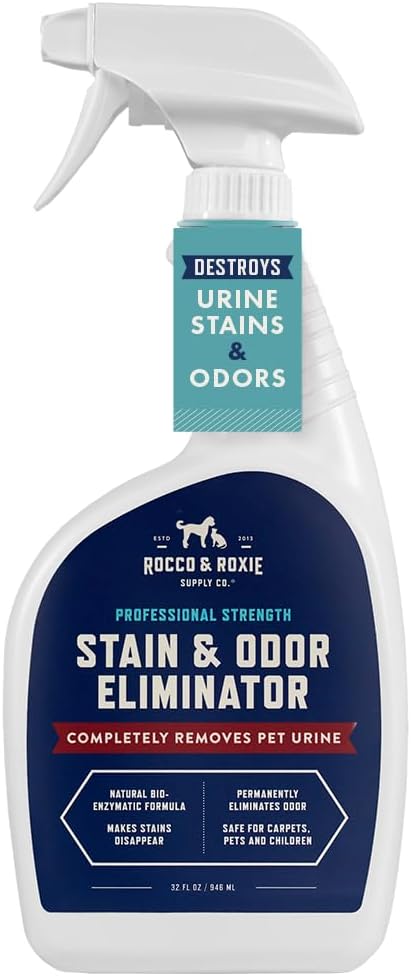
- Pet Playpen: The IRIS USA Dog Playpen offers a safe space for your puppy when you can’t supervise closely.
- Training Bell: The Mighty Paw Smart Bell is great for teaching your puppy to let you know when they need to go out.
- Training Treats: Zuke’s Mini Naturals are a perfect reward for successful potty trips.
Final Thoughts
House training a puppy is a big milestone, and it’s not without its challenges. It requires patience, consistency, and a good sense of humor. Remember to stay positive and celebrate your puppy’s successes along the way. Before long, your puppy will understand the rules and become a well-mannered member of your household. Enjoy the journey—puppyhood goes by fast, but the bond you build during this time lasts forever.

